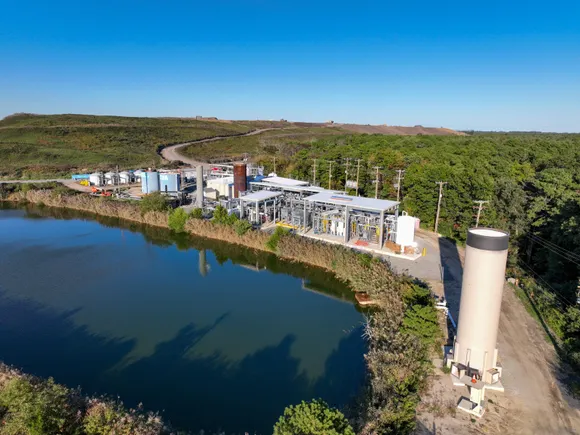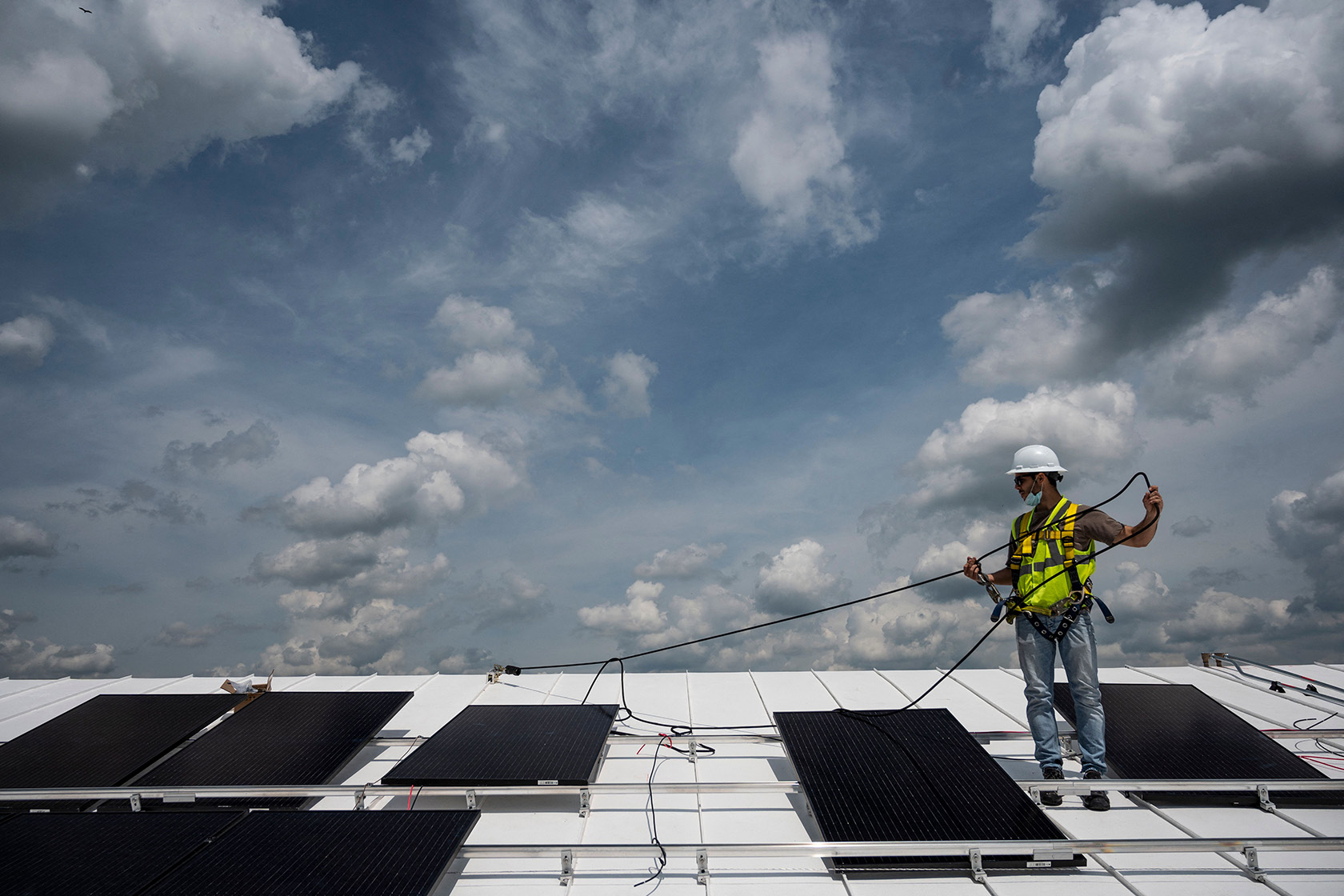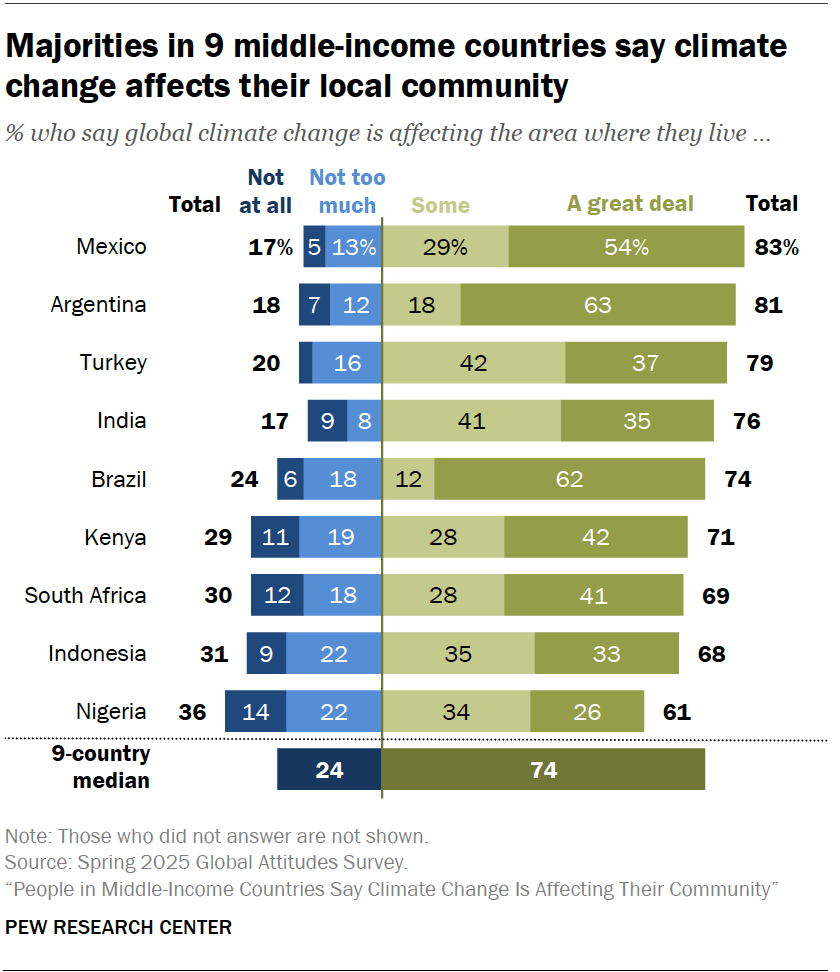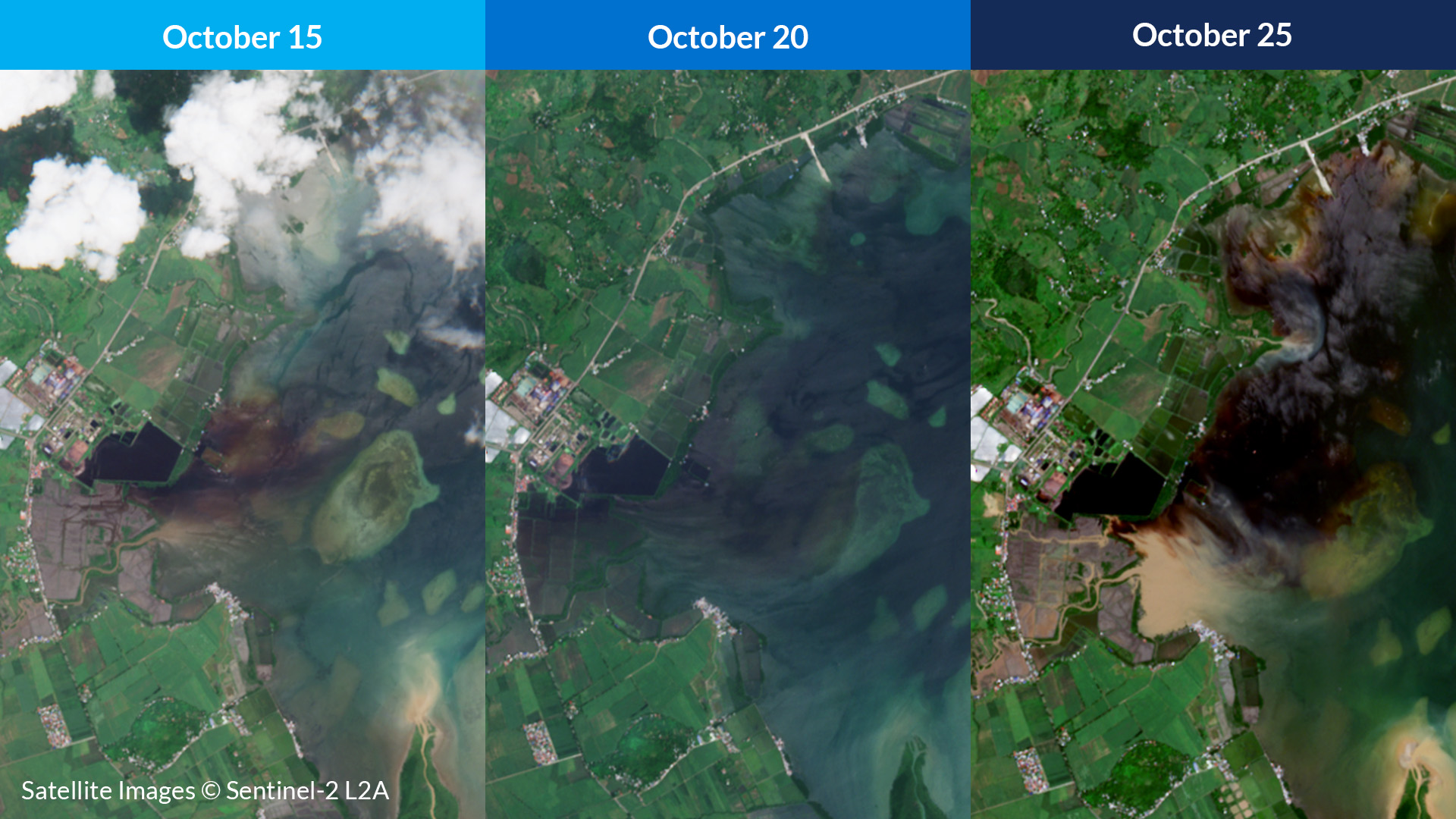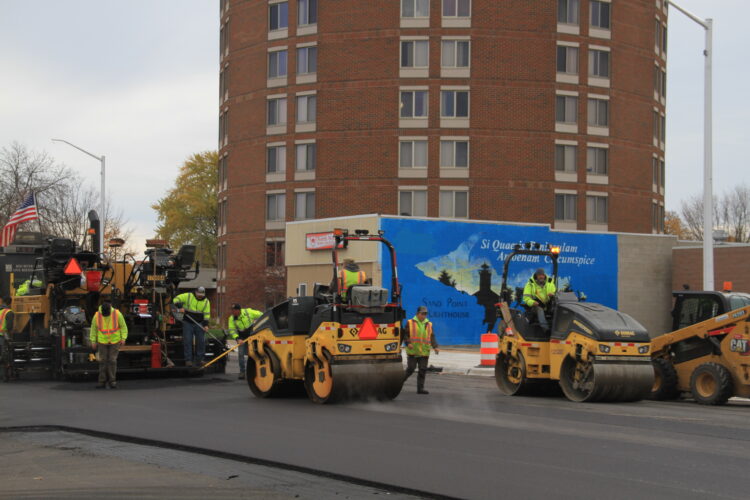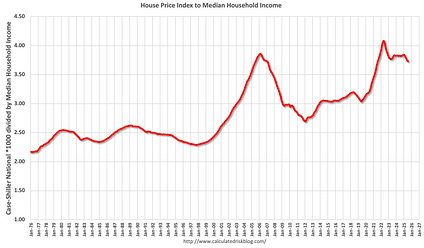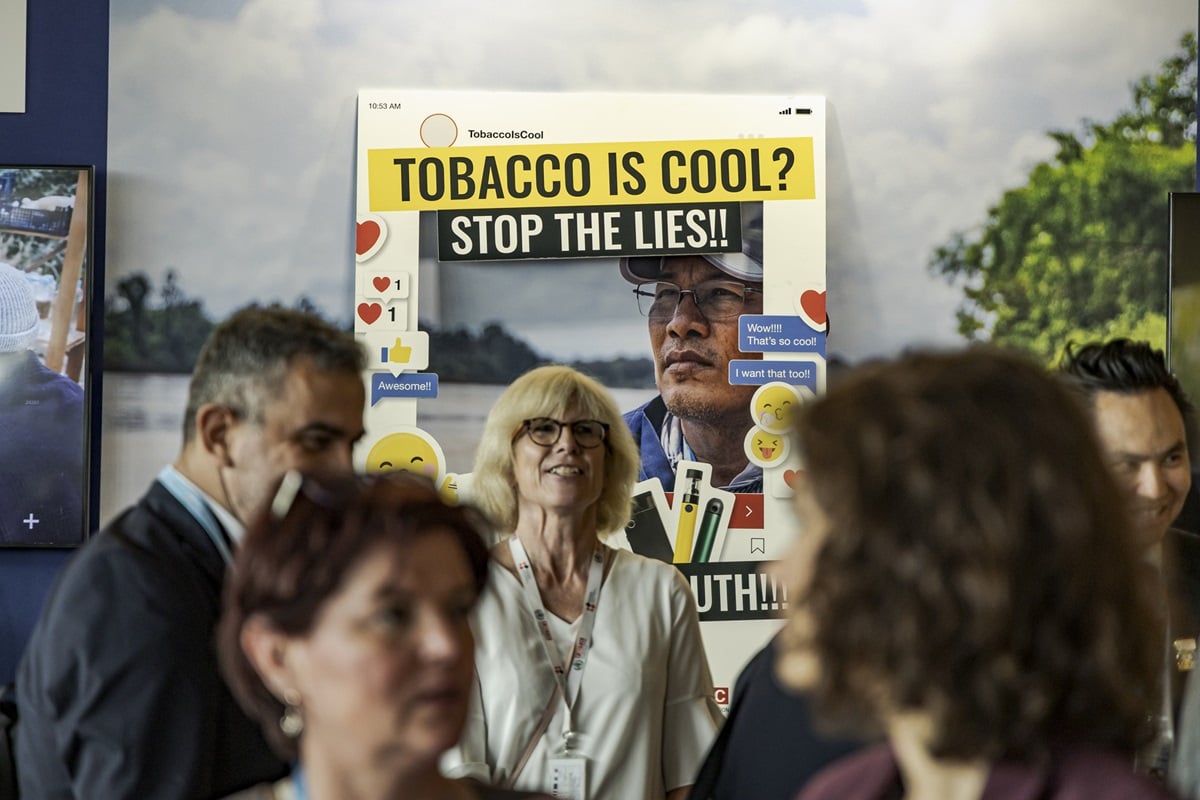Twenty States Challenge Dismantling of FEMA Resilient Infrastructure Program – Engineering News-Record | ENR
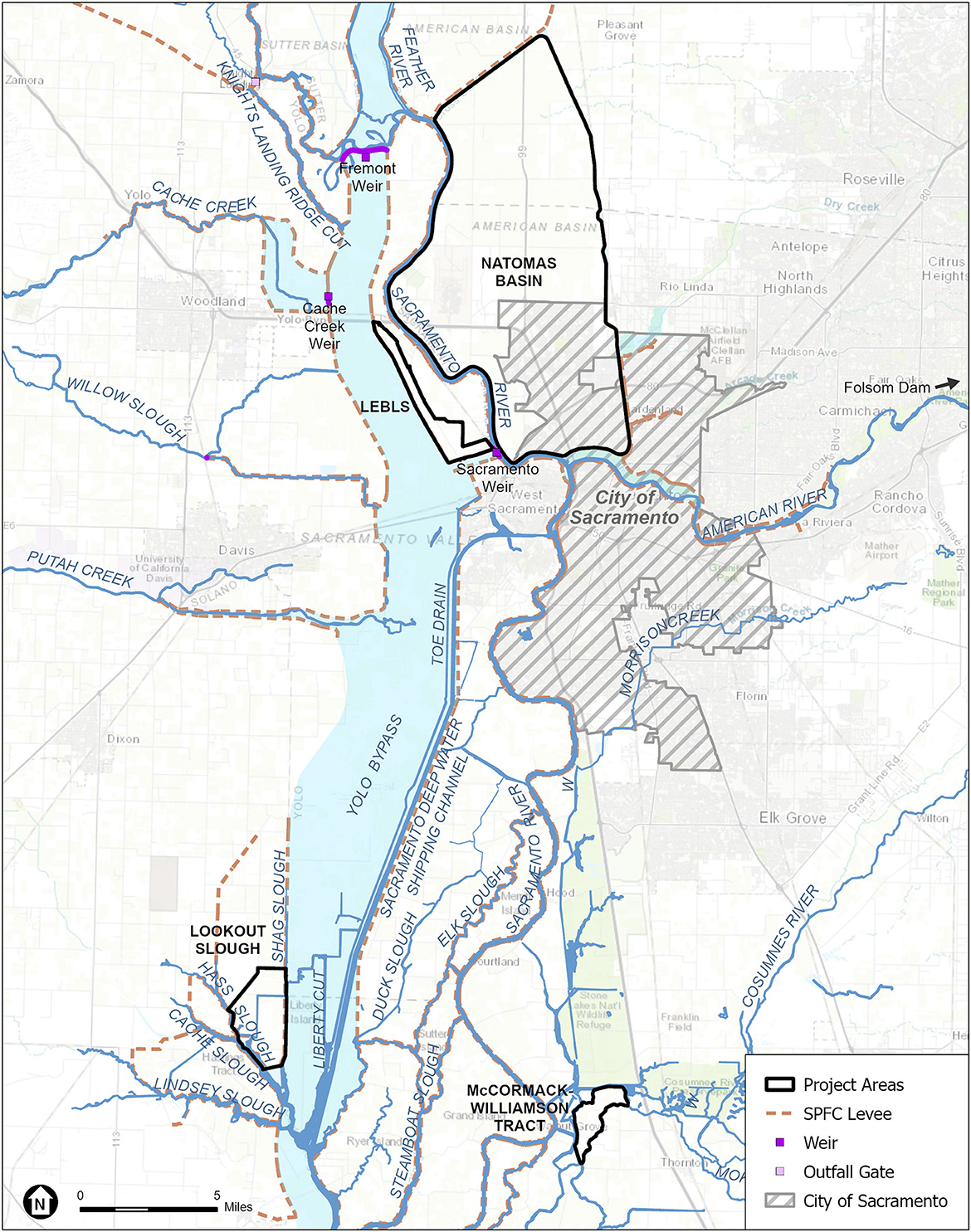
Report on Legal Challenge to FEMA Program Termination and its Impact on Sustainable Development Goals
Introduction: A Challenge to National Resilience and SDG Commitments
A coalition of twenty U.S. states has initiated legal action against the federal government following the termination of the Federal Emergency Management Agency’s (FEMA) Building Resilient Infrastructure and Communities (BRIC) program. This program was a critical funding mechanism for projects designed to enhance community resilience against natural disasters, directly supporting key United Nations Sustainable Development Goals (SDGs). The lawsuit contends that the cancellation undermines national progress on:
- SDG 11 (Sustainable Cities and Communities): By failing to protect urban and coastal areas from climate-related hazards.
- SDG 13 (Climate Action): By ceasing proactive investment in climate adaptation and disaster risk reduction.
- SDG 9 (Industry, Innovation and Infrastructure): By halting the development of resilient infrastructure necessary for community safety and economic stability.
Legal Action and its Relation to SDG 16 (Peace, Justice and Strong Institutions)
The lawsuit, filed in federal district court, argues that the termination of the BRIC program was an unlawful overreach of executive authority. This legal challenge is fundamentally an effort to uphold SDG 16, which calls for effective, accountable, and transparent institutions at all levels.
Key Arguments of the Lawsuit:
- Lack of Legal Authority: The states contend that FEMA’s acting administrators did not possess the legal right to unilaterally dismantle a program established by Congress through the 2018 Disaster Recovery Reform Act.
- Violation of Constitutional Mandates: The suit argues that the failure to spend funds appropriated by Congress for the BRIC program, and the attempt to repurpose them, violates constitutional principles of governance and accountability.
The states are seeking a court order to reinstate the program and ensure that the allocated funds are used for their intended purpose of disaster mitigation, thereby reinforcing the principle of institutional accountability central to SDG 16.
Impact on Sustainable Development Goal Progress
The termination of the BRIC program, which had already distributed over $5 billion for mitigation projects, poses a significant threat to the achievement of several SDGs. The states’ legal brief describes the impact as “devastating,” directly impeding efforts to build a sustainable and resilient future.
Setbacks for Specific SDGs:
- SDG 11 (Sustainable Cities and Communities): The cancellation directly contravenes Target 11.5, which aims to reduce the economic and human losses caused by disasters. Hundreds of mitigation projects are now delayed or cancelled, leaving communities, particularly vulnerable populations, at a higher risk of harm from flooding and storm surges.
- SDG 13 (Climate Action): The BRIC program was a primary national instrument for fulfilling Target 13.1, which focuses on strengthening resilience and adaptive capacity to climate-related hazards. Its elimination removes a vital tool for proactive climate action, forcing a reactive posture to increasingly frequent and severe weather events.
- SDG 9 (Industry, Innovation and Infrastructure): The program was explicitly designed to advance Target 9.1 by funding the development of sustainable and resilient infrastructure. The loss of this funding threatens projects in which communities have already invested millions for planning and review, stalling progress on critical infrastructure upgrades.
State-Level Implications and SDG Alignment
The impact of the program’s cancellation is evident at the state level, where planned projects aligned with local SDG implementation are now at risk. States party to the lawsuit include Arizona, California, Connecticut, Delaware, Illinois, Maine, Maryland, Massachusetts, Michigan, Minnesota, New Jersey, New York, North Carolina, Oregon, Rhode Island, Vermont, Washington, Wisconsin, and Pennsylvania.
Case Examples:
- New York: Progress towards local resilience goals is jeopardized, with 38 projects valued at over $380 million now at risk.
- California: The state’s ability to advance SDG 11 and 13 is severely hampered. Of the $1.26 billion allocated for hazard mitigation through BRIC, only $73.5 million had been obligated before the program’s termination.
- Texas: Although not a party to the lawsuit, the state illustrates the widespread need for such funding. Recent fatal floods highlight the state’s vulnerability, where $510 million of the $667 million allocated from BRIC remains unobligated and is now inaccessible for future resilience projects.
1. Which SDGs are addressed or connected to the issues highlighted in the article?
-
SDG 11: Sustainable Cities and Communities
This goal is central to the article as the FEMA BRIC program is designed to “proactively protect cities and coasts.” The lawsuit highlights that the program’s elimination forces communities to “delay, scale back or cancel hundreds of mitigation projects,” directly impacting their safety and resilience against natural disasters.
-
SDG 13: Climate Action
The article explicitly links the need for the BRIC program to “flash flooding, storm surges and other natural disasters associated with extreme weather.” This connects directly to taking action to combat climate change and its impacts by strengthening resilience and adaptive capacity to climate-related hazards.
-
SDG 9: Industry, Innovation and Infrastructure
The program’s name, “Building Resilient Infrastructure and Communities (BRIC),” directly addresses the core of this SDG. The goal of the program is to fund “disaster mitigation projects,” which are a form of resilient infrastructure essential for protecting communities and ensuring their long-term sustainability.
-
SDG 16: Peace, Justice and Strong Institutions
The article describes a legal challenge by 20 states against a federal agency (FEMA). The states contend that the agency “lacked legal authority” and “violated the U.S. Constitution by failing to spend funds passed by Congress.” This relates to ensuring effective, accountable, and transparent institutions and upholding the rule of law.
2. What specific targets under those SDGs can be identified based on the article’s content?
-
Target 11.5: Reduce the impact of disasters
This target aims to “significantly reduce the number of deaths and the number of people affected” by disasters. The article directly relates to this by discussing the BRIC program’s role in funding projects to protect against natural disasters. The mention of floods in Texas that “swept away more than 120 people” underscores the life-threatening risks that these mitigation projects are meant to prevent.
-
Target 11.b: Implement policies for disaster risk reduction
This target focuses on increasing the number of cities implementing integrated policies and plans for “mitigation and adaptation to climate change, disaster risk reduction.” The BRIC program is a key mechanism for implementing such plans, and the article notes its elimination has been “devastating” to communities that had projects “in development for years.”
-
Target 13.1: Strengthen resilience to climate-related disasters
This target calls for strengthening “resilience and adaptive capacity to climate-related hazards and natural disasters.” The BRIC program, which funds projects to protect against “flash flooding, storm surges and other natural disasters associated with extreme weather,” is a direct implementation of this target. The lawsuit aims to restore this capacity.
-
Target 9.1: Develop quality, reliable, sustainable and resilient infrastructure
The BRIC program’s purpose is to fund the development of resilient infrastructure. The article highlights the scale of this investment, noting the program “has distributed more than $5 billion for disaster mitigation projects since its inception,” directly contributing to this target.
-
Target 16.6: Develop effective, accountable and transparent institutions
The lawsuit filed by the 20 states is an action to hold a government institution (FEMA) accountable. The states argue that the agency’s leadership acted without “legal authority” and violated the constitution by not spending funds as directed by Congress, which is a direct challenge related to institutional accountability and transparency.
3. Are there any indicators mentioned or implied in the article that can be used to measure progress towards the identified targets?
-
Financial Investment in Mitigation
The article provides specific monetary values that serve as direct indicators of investment in resilient infrastructure and disaster risk reduction. Examples include: “more than $5 billion” distributed by the BRIC program, “$1.26 billion” set aside for California, and “38 projects worth more than $380 million” at risk in New York. These figures can measure financial flows towards achieving Targets 9.1, 11.5, and 13.1.
-
Number of Mitigation Projects
The article mentions “hundreds of mitigation projects” and “38 projects” in New York that are threatened by the program’s elimination. The number of such projects planned, funded, or completed serves as a direct indicator of the implementation of disaster risk reduction strategies (Target 11.b) and efforts to strengthen resilience (Target 13.1).
-
Human Impact of Disasters
An implied indicator for Target 11.5 is the number of people killed or affected by disasters. The article provides a stark example: “floods swept away more than 120 people in the Hill Country” in Texas. This metric demonstrates the human cost when mitigation measures are insufficient and is a key indicator of disaster impact.
-
Institutional Accountability
An indicator for Target 16.6 is the presence of mechanisms to ensure institutional accountability. The lawsuit itself, filed by “Attorneys general from 20 states,” serves as a qualitative indicator of actions being taken to hold a federal agency accountable for its decisions and ensure it adheres to legal and constitutional mandates.
4. Create a table with three columns titled ‘SDGs, Targets and Indicators’ to present the findings from analyzing the article.
| SDGs | Targets | Indicators |
|---|---|---|
| SDG 11: Sustainable Cities and Communities | Target 11.5: Reduce the number of deaths, affected people, and economic losses from disasters.
Target 11.b: Implement integrated policies and plans for disaster risk reduction. |
– Number of people killed or affected by disasters (e.g., “more than 120 people” in Texas floods). – Number of disaster mitigation projects planned, delayed, or canceled (e.g., “hundreds of mitigation projects”). |
| SDG 13: Climate Action | Target 13.1: Strengthen resilience and adaptive capacity to climate-related hazards and natural disasters. | – Amount of funding for disaster mitigation (e.g., BRIC program’s “$5 billion” total distribution). – Number of projects designed to protect against extreme weather events (e.g., “38 projects” in New York). |
| SDG 9: Industry, Innovation and Infrastructure | Target 9.1: Develop quality, reliable, sustainable and resilient infrastructure. | – Financial investment in resilient infrastructure (e.g., “$1.26 billion” for California, “$380 million” for New York). |
| SDG 16: Peace, Justice and Strong Institutions | Target 16.6: Develop effective, accountable and transparent institutions at all levels. | – Legal actions taken to ensure institutional accountability (e.g., the lawsuit filed by 20 states against FEMA). – Adherence to legal processes for spending congressionally approved funds (the central issue of the lawsuit). |
Source: enr.com

What is Your Reaction?
 Like
0
Like
0
 Dislike
0
Dislike
0
 Love
0
Love
0
 Funny
0
Funny
0
 Angry
0
Angry
0
 Sad
0
Sad
0
 Wow
0
Wow
0
























